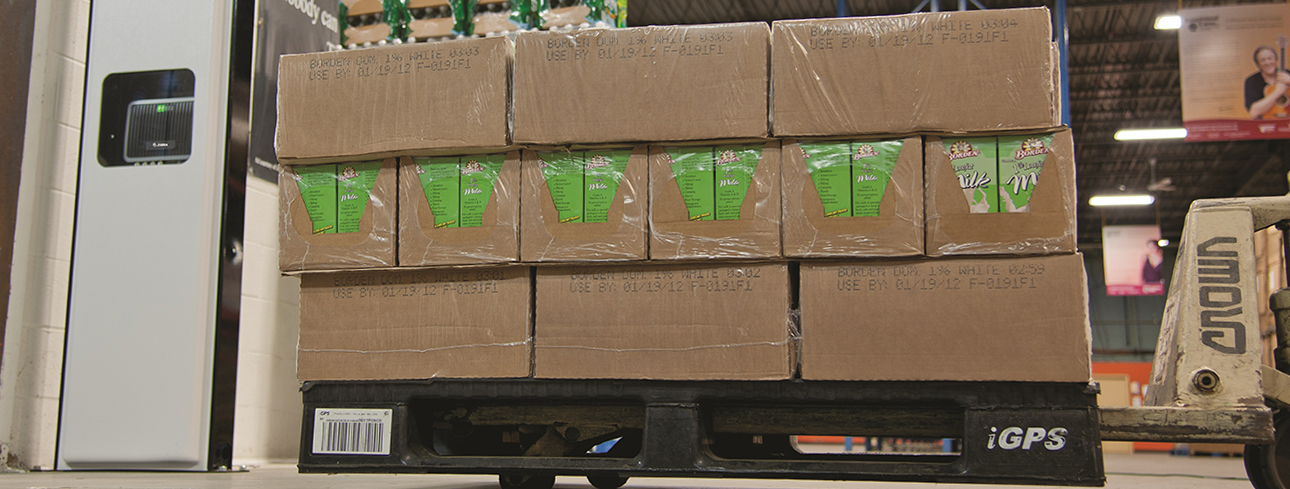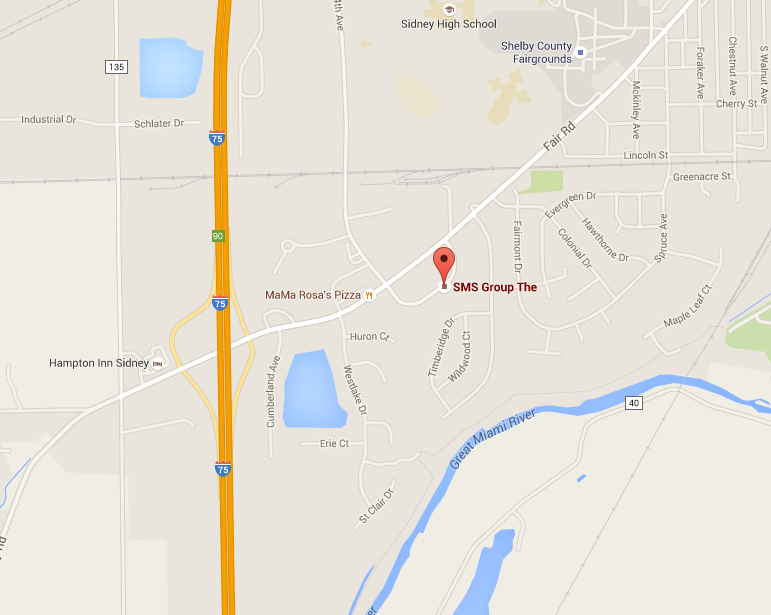How to Choose the Right RFID System
Due to their ability to increase efficiencies and lower expenses, radio frequency identification (RFID) technologies are becoming common across a number of industries. There are a variety of different types of RFID technology, tags, and readers out there—each suited to different types of environment.
In this blog, we’ll break down RFID basics to explain what RFID is and help you determine the right RFID system for your application.
What is RFID?
RFID systems use radio waves to collect a broad range of information. A RFID system consists of a tag that is made up of a microchip with an antenna and a reader with an antenna. The reader sends out electromagnetic waves and the tag antenna is tuned to receive these waves.
RFID tags can be classified by the way the tag communicates with the reader (active, semi active, or passive). Listed below are the different types of RFID technology as well as their capabilities and limitations.
What are the Different Types of RFID?
The different types of RFID include, semi-passive, passive, and active RFID tags. These tags are useful as they can be made small enough to fit on almost any product or large to track high volume equipment. The chart below showcases the different features and applications of each:
| Semi-Passive RFID | Passive RFID | Active RFID | |
| Battery | Yes | No | Yes |
| Sensor | Communicate by drawing power from the reader | Activated only when powered by reader | Continuous monitoring |
| Communication Range | Long, up to 100 m | Short, up to 10 m | Long, on-demand GPS |
| Best uses | Containers or high value goods that need to be monitored over long ranges | Variety of consumer goods and products | Containers or high value goods that need to be monitored over long ranges |
| Price | $$$ | $ | $$$ |
Choose the Right Technology
Unsure of which type of RFID is best suited for your business needs? The SMS Group can help your determine the best RFID solution for your business. Contact us at www.thesmsgroup.com or call 937-498-2700.



